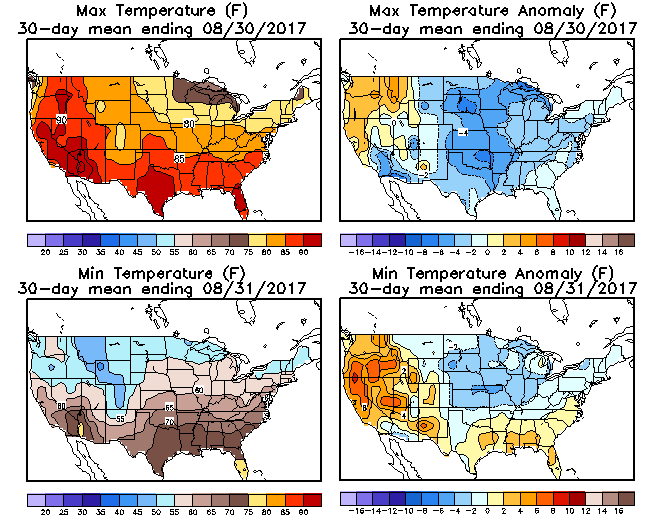
Holiday Trading hours:
Grains
https://www.efutures.com/blog/2018/06/15/independence-day-holiday-schedule-july-3-5-2018/
USDA crop rating/condition report from Monday afternoon:
https://release.nass.usda.gov/reports/prog2718.txt
Corn 76% gd/ex vs 77% last week......68% last year.
Beans 71% gd/ex vs 73% last week...64% last year.
Spring Wheat 77% gd/ex same as last week....37% last year!
Cotton vp increased 5% after the p/vp decreased by that much the previous week.
Higher open tonight, with CZ holding on to slight gains at +2c, while SX have weakened to -1c.
CZ spike lows from June 19th were $3.60. We dropped just below that on Monday and are just above it at the moment at $3.61.
SX spike low from June 19th was $864.5. We got down to $866.25 on Monday and have been down to $867.5 this evening.
| |
| Corn Higher Tuesday 7/3/2018 Corn: The trend remains down and crop conditions are high with pollination beginning. Soybeans: Mostly favorable weather plus escalating trade tensions with China are keeping soybean prices under pressure. Wheat: Chicago wheat recently found support at its three-month low. Cotton: Prices are probing for support after falling back in June. Live Cattle: Last Friday's limit-up close re-energizes another challenge of its three-month high. |
Corn historical perspective:
Who remembers $8 corn not so long(5 years) ago
.
3 month below
1 year below
5 year below
|
Soybeans: Wider perspective: Beans are at 10 year lows! Soybeans 3 months below
Soybeans 5 years below
|
Just a thought here for CZ.
Again my yr. projections put out on Feb. 19th
Highs 417-425 & 435-441
Lows ( and were thinking harvest lows)
362-354 & 344
What IF we are putting lows now? Not when harvest starts.
Thanks bcb,
These are the lows.................if the heat ridge shifts much farther northeast and sits over the Cornbelt, causing heat fill during the 2nd half of July and August.
Latest forecast does not have that but after the next 2 days, the rains will be drying up with the heat ridge in the West and less moisture flowing into fronts.
been a ton of talk about high temps and their influence on yields, esp high overnite when crops should "breathe" easier. Last year Indiana had a ton of replants and a cool August saved our crops...although it was extremely dry with basically no rain...this year the corn esp has matured at record rates and seem to be timed with high 24 hour per day heat. Remember the adage of heat kills dry just hurts.
mcfarm,
That's what I've been saying for the past couple of weeks:
Temperatures last August.............Widespread, long lasting Below Average for highs and lows. Almost ideal for kernel filling.

The maps below, were the temperatures this past June(2018)..........widespread above average.
When corn is in its vegetative state(before pollination) very warm and wet is a good thing.
It's after pollination when above average temperatures are bad because of heat fill.
